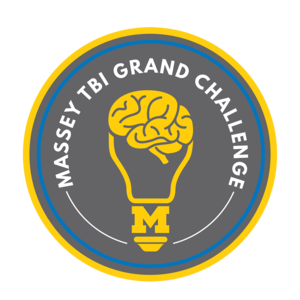Diagnostic Tool For Coagulation Abnormalities In TBI
Developing a point-of-care diagnostic tool to measure coagulation abnormalities.
Project at a Glance
Product Type:
Device
Project Start Date:
June 1, 2018
Principal Investigators:
Mark Burns, PhD Kevin Ward, MD
Solution Sheet:
Download Solution Sheet (PDF)
Intellectual Property:
Invention Disclosure # 2019-203
Patent Application Filed
Funding History:
$120,000 in non-dilutive funding • 2018 $120,000 Massey Grand Challenge • Substantial departmental, school and center based support
Overview
To make the measurement of coagulation abnormalities more accessible, researchers at the Weil Institute are developing a microfluidic device that will be less expensive and simpler to use than the current benchtop equipment. The disposable chips used for the technology cost less than $10. Requiring minimal interaction from the user, the chips are inserted into a case containing the optical filters and pressure source to provide automatic results of the coagulation process. This accessible and easy to use technology will allow for higher frequency bedside measurements than are currently possible.
Image credit: ShutterStock
Significant Need
Traumatic brain injury (TBI) induced coagulopathy (a change in hemostasis causing excessive bleeding or clotting) is a common condition that leads to poorer outcomes and an increased hospital length-of-stay. Use of coagulopathy guided diagnosis and treatment in the first hours of care has been proven to improve outcomes and reduce the use of unnecessary blood products. However, current methods of measuring coagulation abnormalities rely on expensive benchtop equipment that requires special training to use, yearly maintenance, and costly supplies for each test. These costs prevent the widespread use of the technologies in intensive care units and emergency rooms.
Competitive Advantage
• Less expensive and simpler to use than current benchtop equipment • Chips are affordable and disposable • Allows for higher frequency bedside measurements than are currently possible • The technology can also be leveraged to reduce complications associated with polytrauma and transfusion therapy



